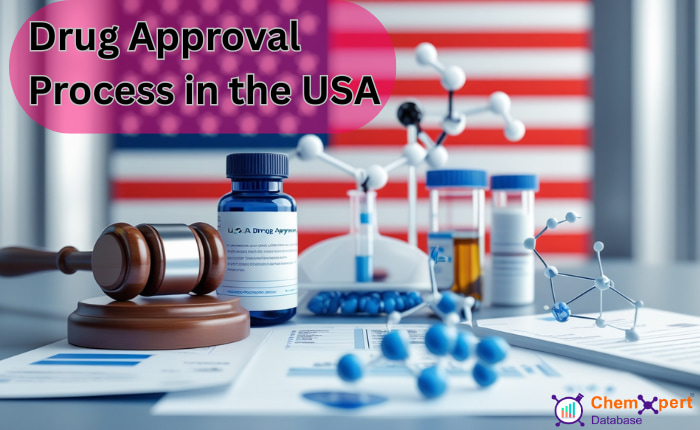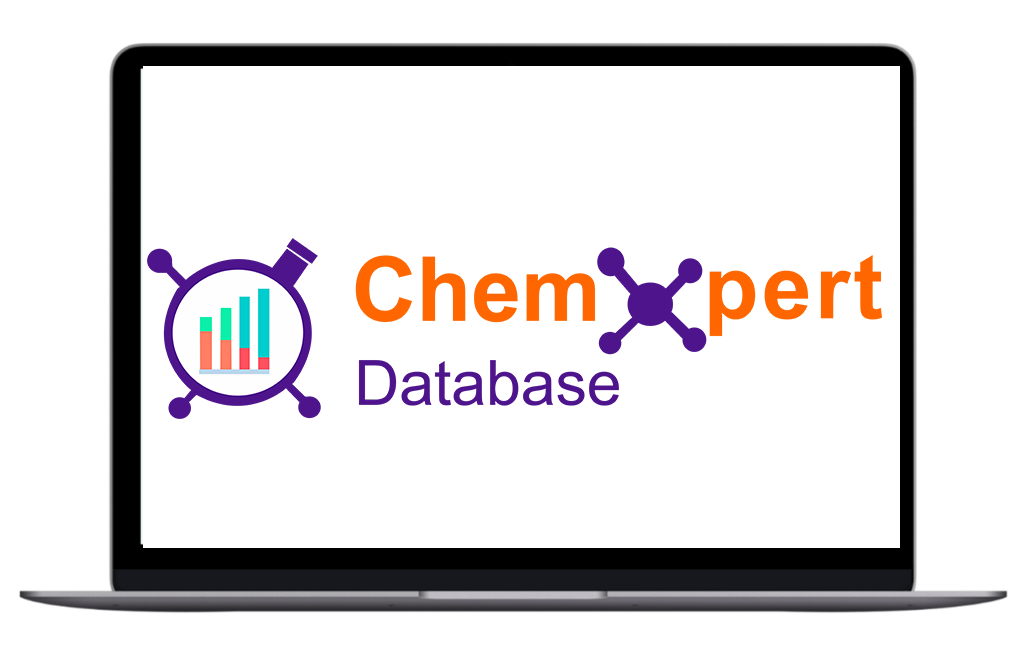
The U.S. Food and Drug Administration (FDA) sets the global gold standard for drug regulation. If a drug clears the FDA, it’s trusted worldwide — from India to Europe to Australia.
But that trust is earned, not granted. Through the Center for Drug Evaluation and Research (CDER), the FDA reviews every drug for safety, efficacy, and manufacturing quality before it ever reaches a patient.
The process is long and also expensive, with costs exceeding large sums of money for many new therapies. More importantly, approval is just the start. Once a drug is on the market, the FDA continues surveillance to detect rare risks, issue label changes, or pull unsafe products.
In this guide, we’ll break down the full US drug registration process, from preclinical studies to post-marketing monitoring, so your team knows what to expect, where most companies fail, and how to stay ahead of the curve.
Getting a drug approved in the US is a marathon, not a sprint. The FDA doesn’t gamble on safety. Every drug must survive a 4-stage review.
The process is managed by the Center for Drug Evaluation and Research (CDER). They decide what hits the market — and what doesn’t. Here’s an overview of the steps involved:
1. Preclinical Research & IND Application; Before human testing begins, the drug is tested in labs and animals for safety, toxicity, and pharmacology. An IND application is then submitted to the FDA.
2. Clinical Trials (Phases I–III): The drug is tested on humans in three escalating phases to assess safety, dosage, and effectiveness. Most drugs fail somewhere in this stage.
3. New Drug Application (NDA) Review: If trials succeed, the sponsor submits an NDA to the FDA. Experts review the data to determine if the drug is safe, effective, and label-ready.
4. Post-Marketing Surveillance (Phase IV): After approval, the drug is monitored in real-world use for long-term safety, new risks, and potential label updates through FDA’s MedWatch system.
You might also like: Drug Approval Process in India
Every drug starts in a lab. Most don’t make it out. Before humans get involved, the drug goes through preclinical testing — usually on animals and in vitro systems, to assess if is it safe enough to test on people?
Researchers look at:
If the drug passes this round, the sponsor files an IND, Investigational New Drug application, with the FDA.
This is the official request to start clinical trials in humans.
The IND isn’t just paperwork. It’s a full technical dossier. It must include:
Here’s the catch:
The FDA does not “approve” an IND. Instead, the FDA has 30 days to place a clinical hold. If they don’t, the IND automatically goes into effect, and human trials can begin.
During those 30 days, two things happen:
If either party raises serious concerns, trials are halted.
Once the FDA clears your IND, the drug moves into clinical trials. This is where human testing begins. Most drugs don’t survive this stage. It’s long, expensive, and highly regulated.
Here’s how it works:
Researchers study how the drug behaves in the body — absorption, metabolism, and elimination. Side effects are recorded in detail.
At this stage, effectiveness isn’t the focus. Just safety.
Real-World Example: In 2023, a new oral diabetes drug passed Phase I by showing no serious adverse effects in 40 volunteers.
Here, the drug is tested in people with the target condition. Researchers measure outcomes, compare dosages, and track common side effects. Placebos or existing treatments are often used for comparison.
Example: A rheumatoid arthritis drug in 2022 showed 50% improvement over placebo in 220 patients. It moved to Phase III within months.
This is the final, most expensive trial phase. It uses large, diverse patient groups to detect rare side effects and validate effectiveness across age, gender, and ethnicity. The data from Phase III forms the core of the New Drug Application (NDA).
Example: in 2024, Lykos Therapeutics’ MDMA dose couldn’t pass post the third clinical trial.
If your drug makes it through Phase III, you're one of the lucky few.
If your drug survives clinical trials, you’re not done — not even close. Now you ask the FDA to approve it. That request is called a New Drug Application (NDA).
It’s your final pitch. The NDA contains everything:
Thousands of pages. Every sentence matters. If your submission is sloppy, expect delays, or a flat rejection. The FDA’s Center for Drug Evaluation and Research (CDER) handles it. They assign a review team: doctors, scientists, pharmacologists, statisticians, and label experts.
They don’t just look at results, they look at risk vs. reward. Is the drug effective enough for its side effects? Is the label clear? They also inspect the manufacturing site. If it fails, the drug fails.
FDA approval isn’t the finish line. It’s just a green light to start watching even closer. Clinical trials use a few thousand patients at most. The general public? Millions. Different genetics. Different conditions. Different outcomes.
That’s why rare side effects and long-term risks often appear after approval. Phase IV is about catching what Phase III missed.
Phase IV studies track:
These studies are often required by the FDA, especially for accelerated approvals. They may also support label updates or extended approvals for new patient groups.
MedWatch is the FDA’s adverse event reporting platform. Doctors, patients, and manufacturers can report problems or unexpected reactions. For example: Merck had to withdraw Vioxx, in September 2004 as it revealed that it could increase the risk of heart and stroke, despite being approved in May 1999.
Serious findings lead to:
If a risk outweighs the benefit, the FDA can act fast, and publicly. Your drug may be approved, but it’s still under review. The FDA never stops watching. Neither should you.
FDA approval does not guarantee immediate launch. Other factors that can delay launch:
Some drugs receive approval but are never launched due to commercial challenges.
Getting a drug approved in the U.S. takes 12–15 years, costs millions, and moves through 4 key phases:
FDA doesn’t control pricing, reimbursement, or access, that’s up to you. Want to reduce guesswork? Use real regulatory data to fast-track your NDA.
Chemxpert Database provides a single platform for API/supplier data, clinical trial stages, regulatory filings (INDs, NDAs, DMFs), patents, pricing trends—and more.

Sick and tired of always wondering if you are being asked to pay the right price for your APIs? This empowers you with the answers you need to make the right decisions in the Global API market.
Chemxpert Database is one of the biggest and most comprehensive directories of pharma and chemicals, manufacturers, suppliers and information. Provided with current information on prices, demand and transactions, it gives you instant feedback on whether you are buying what is right and at the right time.
Start using market intelligence today and allow yourself to be in control in the API market.
Check it out today and make more informed sourcing decisions! Learn More!